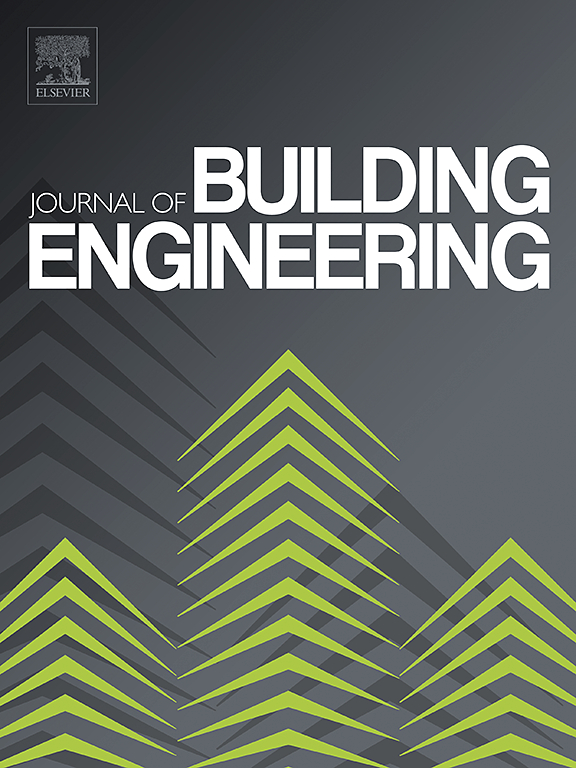Experimental and numerical research on dynamic pure shear mechanics of thin-walled mortar based on the large-scale torsional split Hopkinson tube
IF 6.7
2区 工程技术
Q1 CONSTRUCTION & BUILDING TECHNOLOGY
引用次数: 0
Abstract
Building structures are prone to shear failure under dynamic loads like impacts and explosions. However, experimental data on the dynamic shear behavior of building materials is lacking. Herein, thin-walled mortar specimens were subjected to dynamic torsional tests at varying rotational speeds using a large-scale torsional split Hopkinson tube. The dynamic shear stress–strain curves of mortar specimens were obtained at different strain rates, and the dynamic shear failure characteristics were examined. The dynamic shear strain rate effect in the specimens was found to be intermediate between the tensile and compressive strain rate effects. High-speed camera observations revealed three distinct stages of the dynamic torsional failure: initial oblique crack formation, sequential formation of multiple oblique cracks, and growth of these cracks along the specimen–tube interface, resulting in a ccumferential cross-sectional crack and specimen separation from the tube. The oblique cracks formed at an inclination of 30°–45° to the longitudinal axis, located between the directions of the maximum tensile and shear stresses. Under various strain rates, numerical simulations and experiments revealed comparable rising portions of shear stress-strain curves and specimen shear strengths. However, the curve descending sections and many oblique cracks (45° to the longitudinal axis) that were uniformly formed in the middle of the specimens differed from the experimental results due to varying friction levels and specimen inhomogeneity. This work provides important information for understanding the shear mechanisms of building materials and structures under dynamic loads.

求助全文
约1分钟内获得全文
求助全文
来源期刊

Journal of building engineering
Engineering-Civil and Structural Engineering
CiteScore
10.00
自引率
12.50%
发文量
1901
审稿时长
35 days
期刊介绍:
The Journal of Building Engineering is an interdisciplinary journal that covers all aspects of science and technology concerned with the whole life cycle of the built environment; from the design phase through to construction, operation, performance, maintenance and its deterioration.
 求助内容:
求助内容: 应助结果提醒方式:
应助结果提醒方式:


